When the chill winds blow across dimly-lit Morphettville and Todd Pannell takes charge of a finely-tuned 500kg thoroughbred during early morning trackwork, it’s a job the rest of us can only imagine.
Pannell is one of our most successful riders — and hardest workers — but for the many who are not always rewarded for their early morning work with the coveted ride on race day, it can be hard to make ends meet.
Jockeys like Krystal Bishop and Justin Potter are among the tireless workers who go through the same routine on a daily basis at courses right across the state, shoring up rides just make their wage.
It’s a tough industry and, as we were reminded again recently with the deaths of two young women riders at Cranbourne and Darwin, it can be a thankless and even tragic business.
Racing people do it because it’s the sport and industry they love but, in South Australia, they’re often being asked to brave those early mornings and sometimes even put their lives on the line for barely a basic wage.
While a winning ride at the Victorian provincial meetings earns a jockey $1375, winning a race at Balaklava, Murray Bridge, Strathalbyn or Gawler earns a jockey just $475. Winning an average metropolitan race drops from $3400 in Melbourne to $1450 here.
Stream over 50 sports live and on demand with KAYO SPORTS. Just $25/month, no lock-in contract. \Get your 14-day free trial and start streaming instantly >
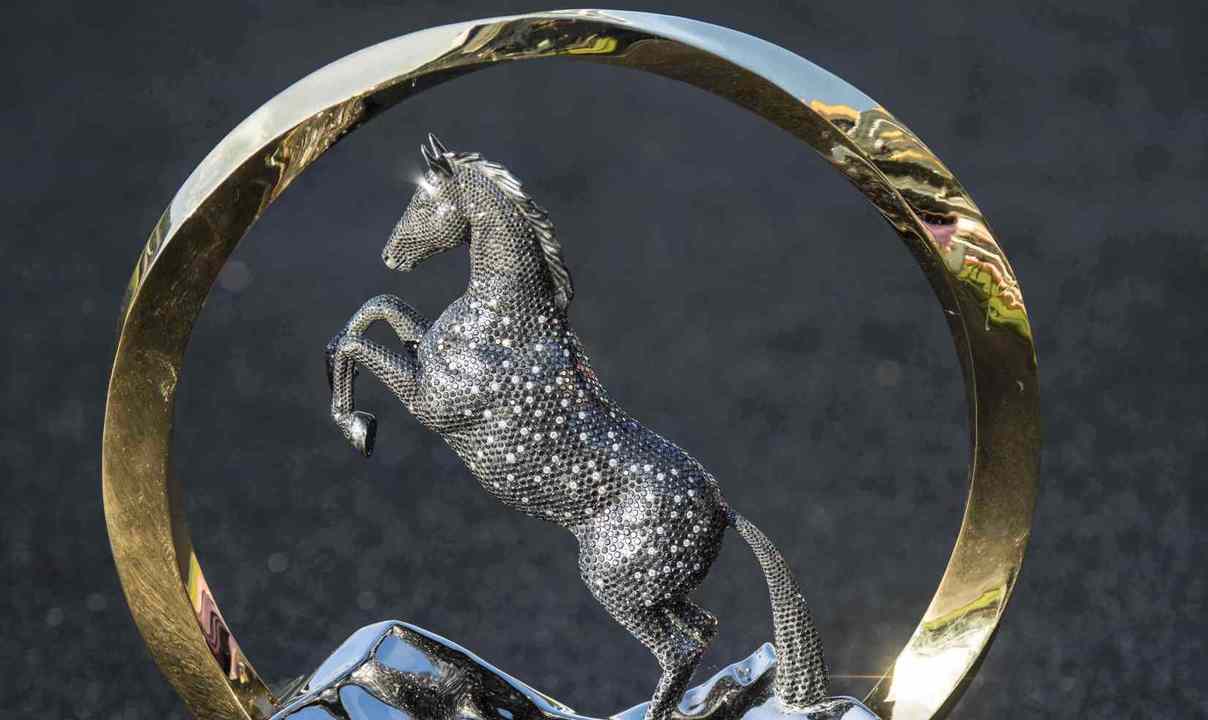
Not a bad weekly wage, even at the SA rate, if a rider can win one metropolitan race a week — but that’s a big “if” considering there are 43 registered jockeys and apprentices in SA, and generally only eight metropolitan races.
Then there are the track riders and stablehands, who can never experience the reward of booting home a winner at Morphettville or anywhere else; working odd hours for low wages walking horses, feeding and grooming them, washing them down after a workout and mucking out stables.
Beyond the likes of Hall of Fame trainers David Hayes and John Hawkes, and jockeys like all-conquering Jamie Kah, racing has always been a hard way to make a living. In SA, where those leading racing identities no longer live, it’s become so tough that many are leaving the state or just quitting the business altogether.
Consequently, the call has been coming for some time to inject more money into the local industry.
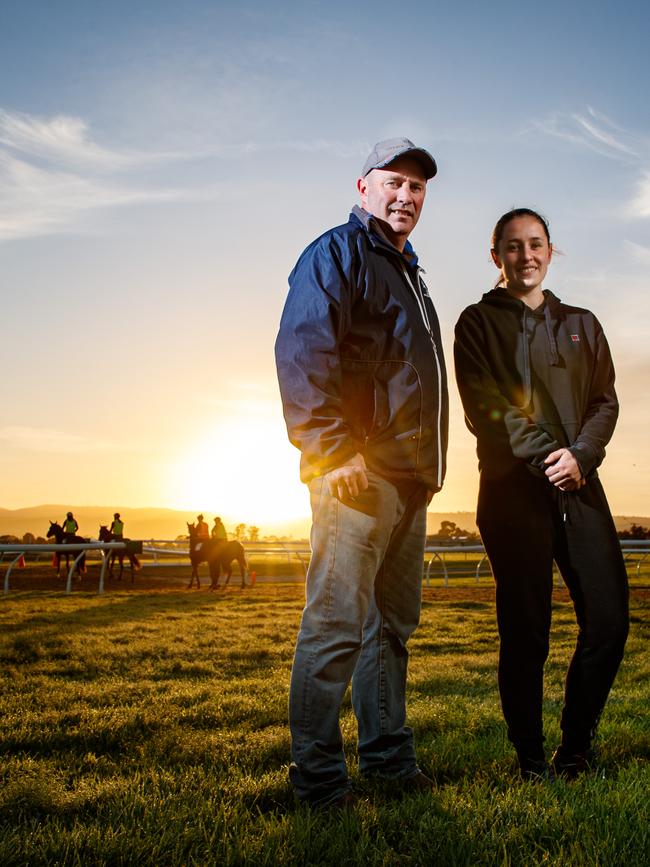
Whether South Australian racing deserves a bail out or leg up is being widely debated after the State Government made a $24 million commitment to the industry in June, and the answer in part will be decided by results and return on investment.
With so many big names gone, the SA industry relies on locals like Morphettville trainer Richard Jolly, now working in partnership with daughter Chantelle. The pair have a strong stake in SA racing, with impressive stables on Bray St right alongside the back straight, and they are riding out the storm.
“I’m happy to stay and see if things can turn the corner,” Jolly says. “It’s not as if we’re renting and it’s easy to just pack up and leave. We have an investment here. Prizemoney needs a lift but it’s still not hard to take a horse interstate to chase the better money.
“It’s not an ideal situation having just one racecourse but that’s the way the cards fell a few years ago when they sold Cheltenham to clear some debt but then Victoria Park fell over as well, and we have to deal with what we’ve got.”
The development of the new Murray Bridge course should release a bit of the pressure on Morphettville as both a training and racing venue.
“Morphettville’s being overused but the facilities are good there for training and the beach is nearby so there are some positives,” Jolly says.
“We need better prizemoney. We’re staying put and hopefully things can gradually improve.”
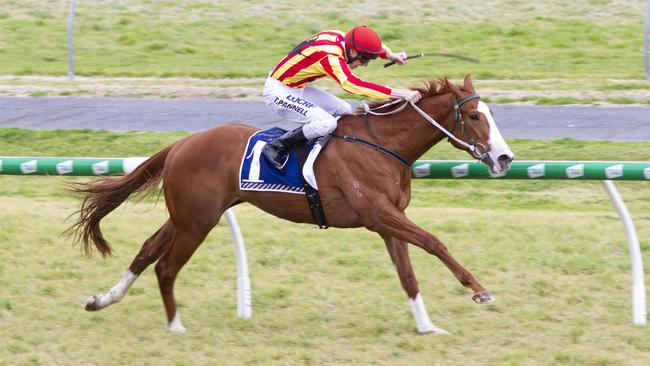
SA racing, it’s fair to say, has punched well above its weight for years. Its impact on Australian and even world thoroughbred racing cannot be underestimated, and its ability in bygone years to drive a significant portion of the economy has benefited the state as a whole. The culture, however, is another matter altogether and perhaps the greatest argument for supporting an industry in need.
In the 1950s and ’60s, the early morning beaches of Adelaide were a daily training ground for two of the greatest horse trainers the world has ever seen. Legendary Bart Cummings worked his horses along the Glenelg coastline before moving to Sydney in the 1970s and Colin Hayes, who would eventually transform Australian racing by creating a groundbreaking training and breeding establishment in the Barossa Valley, prepared his growing team at Semaphore.
These men went on to become not just giants of Australian racing but trainers respected all around the world. International racing’s current leading trainer Aidan O’Brien has always credited Cummings, winner of 12 Melbourne Cups and 266 Group 1 races, as a boyhood idol, adding that “growing up, I never expected to be mentioned in the same breath as the great man”.
Hayes was a horseman with few peers but also had a vision and business acumen rarely seen before in racing. He simply took Australian racing to a new level by creating a training and breeding kingdom at his Lindsay Park property at Angaston in the mid 1960s.
From there, he went on to dominate much of the nation with 28 Adelaide and 13 Melbourne training premierships while leading the world in the breeding and racing of two-year-olds.
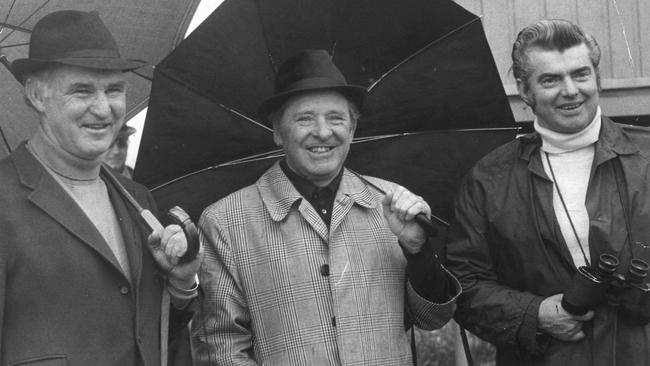
Son David Hayes continued the tradition when he took over in 1990, creating a world record of six Group 1 winners on the same Derby Day program at Flemington during the Melbourne Cup Carnival and, weeks later, became the first Australian trainer to win the coveted Japan Cup. Within a decade, he had taken up an invitation to train in Hong Kong and became that jurisdiction’s leading trainer.
Hayes returned to SA when his Hong Kong tenure ended but things were changing and, when he finally moved his massive operation to Euroa, in rural Victoria, an irreplaceable part of our racing identity left with him. As a giant of world racing who made a business decision to leave his home state and is set to return to Hong Kong next year, Hayes is in a unique position to comment on the state of the industry.
“I think South Australian racing is losing ground on the bigger states and that’s a concern,” he says. “It’s always been a little behind because of population but it’s slipped further.
“The injection of funds is a terrific boost but it needs to be used to help sustain the industry. I would like to see a more sustainable model as far as the tax rate is concerned but it’s what they have to deal with.
“The reason I sold Lindsay Park nine years ago is that the gap in prizemoney was too much. Once upon a time, the leading trainers in Australia were based in SA but now the state’s struggling to keep its best trainers and jockeys.”
Hayes insists that for racing to turn around in South Australia, it needs to improve from the ground up — and that small trainers and their owners should be given the incentive and prizemoney to stay in business.
“States like South Australia can’t compete with the top end races in Melbourne and Sydney, but that’s not the problem,” he says.
“The biggest issue in recent times is the grassroots races, so if we can have maiden races worth more than those in Victoria, it will provide opportunities for the rank and file to flourish. And that in turn helps racing from the ground up.
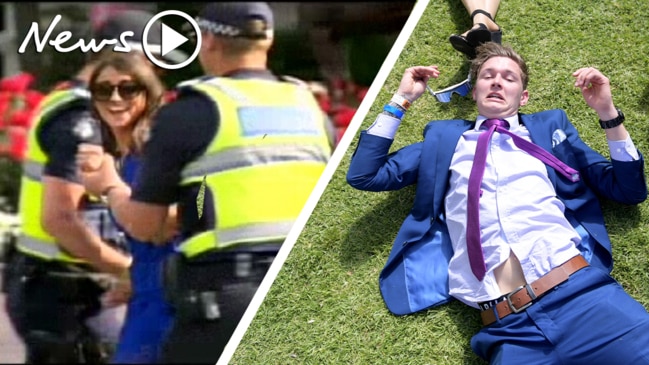
“It’s a better way of distributing the money, as opposed to creating an inflated prize for the big races, which will always attract interest and the interstaters are in the box seat to win anyway.
“There are people in the industry who are suffering and the $24 million has to, in some small way, create better opportunities for them to stay in business.”
While it may not be to the levels Hayes is suggesting, Thoroughbred Racing SA recently announced an increase in “grassroots” prizemoney on the back of the government investment. Chief executive Jim Watters says that while infrastructure improvements, such as the recent launch of a new track at Murray Bridge will follow, increasing prizemoney is essential in order to retain racing’s key participants.
“Prizemoney, in particular at grassroots level, is effectively industry wages,” he says. “It’s the lifeblood of the racing industry.”
The honour roll suggests it’s an industry worth saving. In addition to its groundbreaking trainers, SA has also produced a significant number of world-class jockeys. These include the likes of Billy Pyers and Pat Glennon, both of whom won major English races as well as the race widely acknowledged as the greatest in the world, the Prix de l’Arc de Triomphe.
Melbourne-born Glennon learned his trade in Adelaide and also won two Melbourne Cups, a feat repeated by former great John Letts and current leading rider Kerrin McEvoy.
Image: Black Caviar in the parade ring at Morphettville in Adelaide.
Morphettville has hosted three of the great moments in South Australian sport, two of which bore striking similarities more than 80 years apart. The immortal Phar Lap dragged massive crowds through the turnstiles in the autumn of 1930 as he barely broke a sweat winning the Elders Stakes and King’s Cup in a two-race raid; then in 2012 crowds packed the Morphettville stands to the rafters to watch unbeaten world champion Black Caviar stroll in with the Robert Sangster Stakes and Goodwood Handicap in her dual Group 1 assault.
The third standout moment didn’t have the same pull at the time but the impact on a nation’s racing culture was even greater as New Zealand trailblazer Linda Jones announced the arrival of women jockeys as a force in Australian racing.
Jones took on the men aboard Northfleet in the 1979 West End Stakes, an unlikely pairing unwanted in the betting in the lead-up to the Adelaide Cup, and it took her two-and-a-half minutes with a daring all-the-way win to change the course of Australian racing.
From that point on, the state has been a world leader in the advancement of women in racing. SA has given women jockeys the opportunity not being offered in other states or many other parts of the world and, as a result, has produced some of the finest female jockeys anywhere. Clare Lindop, Jamie Kah and Raquel Clark have won six of the past 10 jockeys’ premierships between them.
On the flip side, SA has struggled to keep pace with the eastern states as a racing drawcard and keeps losing its best people. In addition to Hayes, and before him Cummings and Hawkes, prominent trainers Mark Kavanagh, Lloyd Kennewell, Mark Minervini and Phillip Stokes have all chosen to set up interstate stables in recent years because of the greater opportunities available elsewhere. Kah, considered by some to be the best woman rider in the world, has moved to Victoria.
The Adelaide Cup has been downgraded to Group 2 status and no longer has the same credibility as a guide to major interstate races — including the Melbourne Cup — for a variety of reasons including some dubious programming.
Oakbank has become a shadow of the once-mighty carnival that was the envy of virtually every other club in Australia, with crowds plummeting from 110,000 for the Easter weekend down to 20,000 at best in a decade. Perhaps the most alarming issue is that the racing industry and its appointed spokespersons have regularly and rigidly trotted out the line that all is well.
Oakbank Racing Club chairman Barney Gask said earlier this year: “We know that the Saturday here is extremely popular, it’s the most attended race day on the South Australian calendar.” Commentator and former racecaller Terry McAuliffe concurred, saying Oakbank was “still the biggest attended race meeting in SA”. No talk of addressing massive crowd decline, just positive spin on a negative trend.
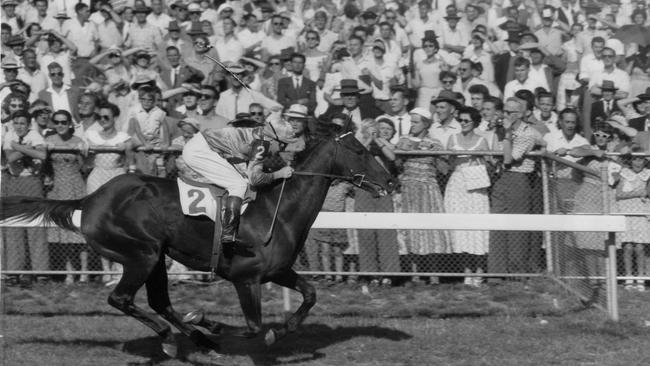
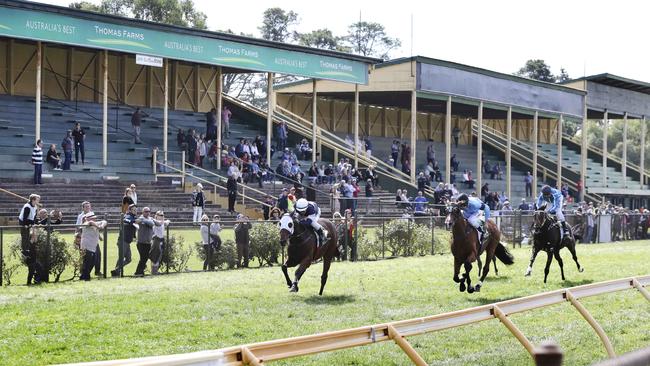
Trainer Kennewell doesn’t share their unbending confidence. “We are already well below the prizemoney levels compared to the eastern states, and our costs are not much different, which really hurts the industry,” he said of his decision to move to Melbourne. “With a heavy heart this has left me with no choice but to speed up my decision to close the Morphettville operation down.”
Racing Minister Corey Wingard says the Marshall Government has “heard the concerns of the racing industry” and is delivering the stimulus package to “ensure we help protect local jobs and enable the industry to strengthen its business and become sustainable into the future”.
He emphasises that things needed to change within the industry for the package to be effective.
“The industry has never before experienced such a level of State Government support and this investment will be underpinned by a strong governance structure to ensure a long-term and viable future for all its stakeholders,” he said on announcing the package.
“We have made it quite clear we are looking at ways to secure the state’s economic future by investing in industries that grow the economy and provide substantial benefits to the community.
“This funding will help the racing industry build the infrastructure it needs to create a viable, long-term business model which will support South Australian jobs well into the future.
“I have travelled across South Australia to ensure I have consulted widely with people involved within the industry. It is important that all the workers within the racing industry receive the flow-on benefits of this funding boost, from the breeders, trainers, hospitality staff and owners right through to the corporate stakeholders.”
Picture: The new racecourse at Murray Bridge in July, 2019. Picture: Matt Loxton
Those who would argue that racing doesn’t deserve the millions might want to look at the bottom line. The $24 million is a fraction of the gambling revenue raised in any given year and the recently-introduced Point of Consumption Tax takes a further 15 per cent off every betting dollar and puts it back into the state economy.
Better spent on essential services? It makes a good headline but it’s not going to contribute to a wagering cash-cow that provides the state with hundreds of millions of dollars every year.
One issue for SA racing is that the investment has to be spread out across the three racing codes and is intended to stimulate the industry rather than fix all its woes. While the thoroughbred industry will get the lion’s share of the money, harness and greyhound racing will also benefit.
Thoroughbred Racing SA chair Frances Nelson QC describes the money as “a meaningful investment by Government in the industry (which) will allow us to grow”.
“The State Government has shown its faith in the industry,” she says. “We are responding with a prizemoney commitment of a size and scale that we believe will encourage and stimulate participation at all levels. And we are backing our industry to respond.”
It’s generally recognised that, from the governing bodies to the rank and file workers, the State Government’s injection of funds will amount to very little without new thinking. Racing crowds continue to fall because of the easy access to betting via mobile phones and vision of all races in every lounge room and on every handheld device.
It’s a changing landscape and the glory days of SA racing may be gone forever. But if Melbourne and Sydney racing remains strong and crowds to AFL matches continue to grow, the woes of SA racing can’t just be put down to technology and competition for the entertainment dollar. There’s a reason trainers and jockeys are leaving and crowds aren’t turning up to watch the races.
As Hayes, a man who has been massively successful in the business of racing stresses in some invaluable free advice, something needs to change.
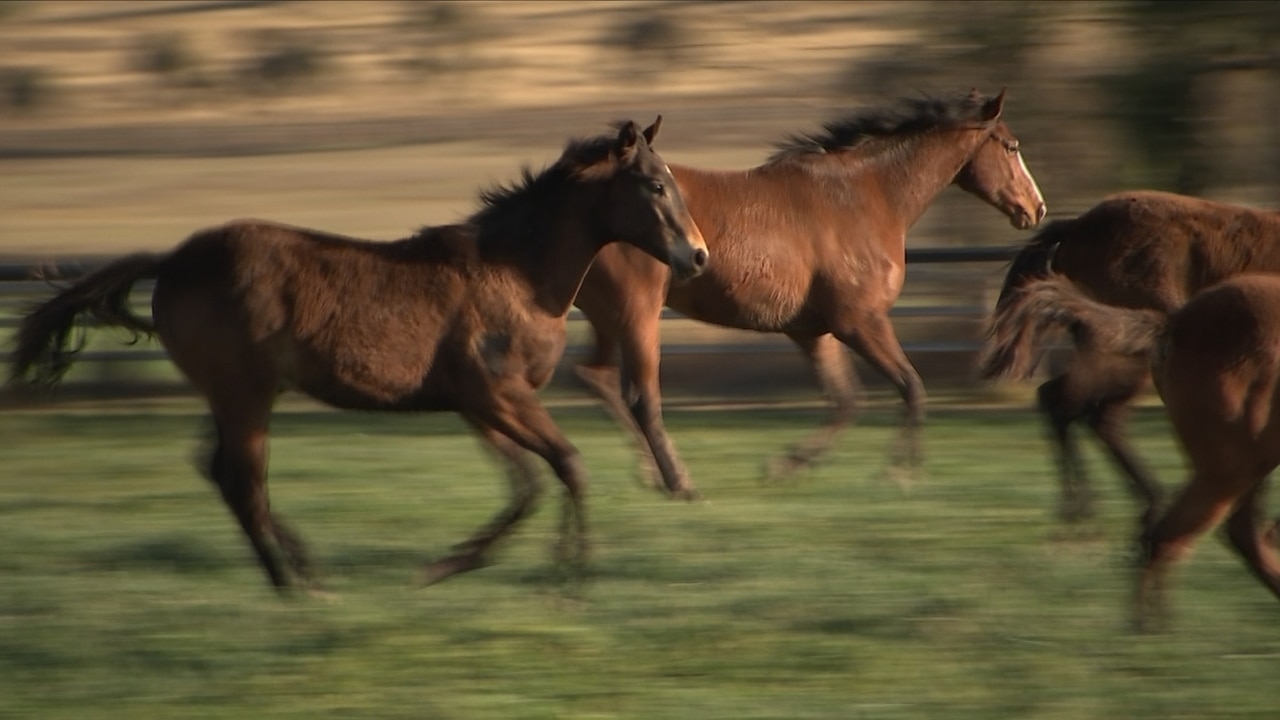

Add your comment to this story
To join the conversation, please log in. Don't have an account? Register
Join the conversation, you are commenting as Logout